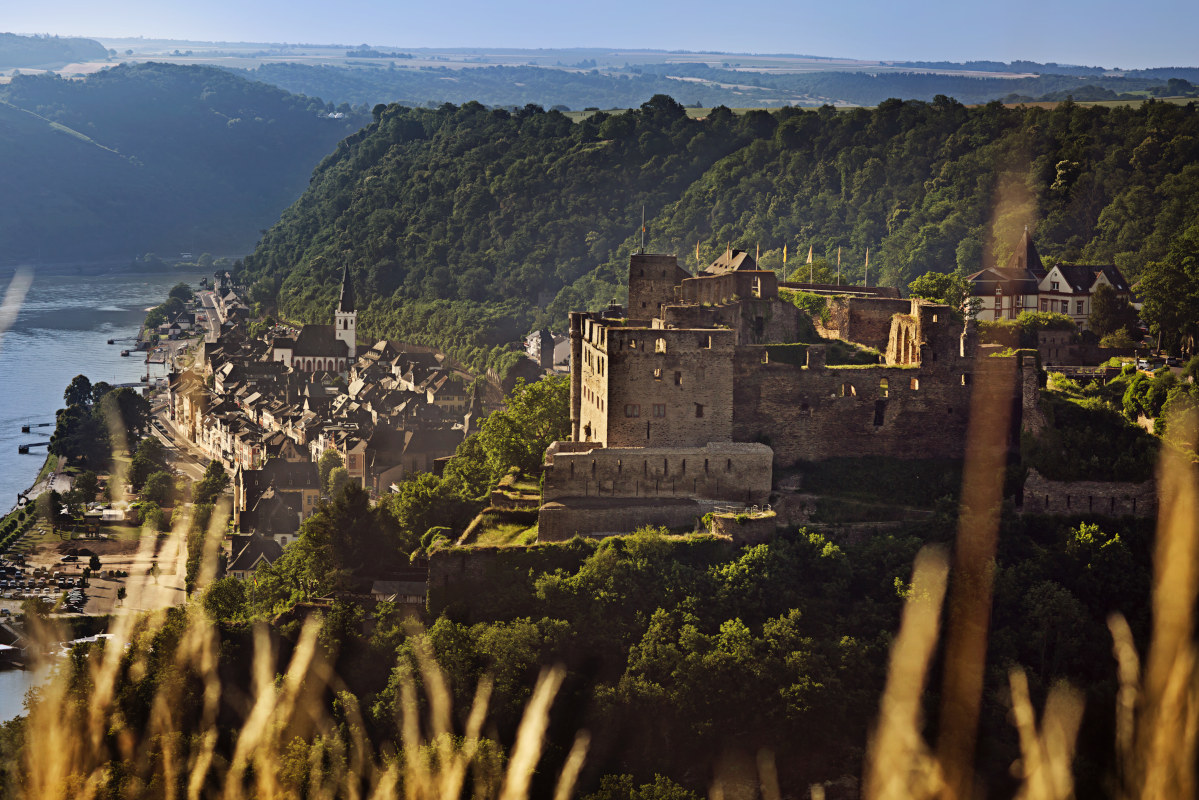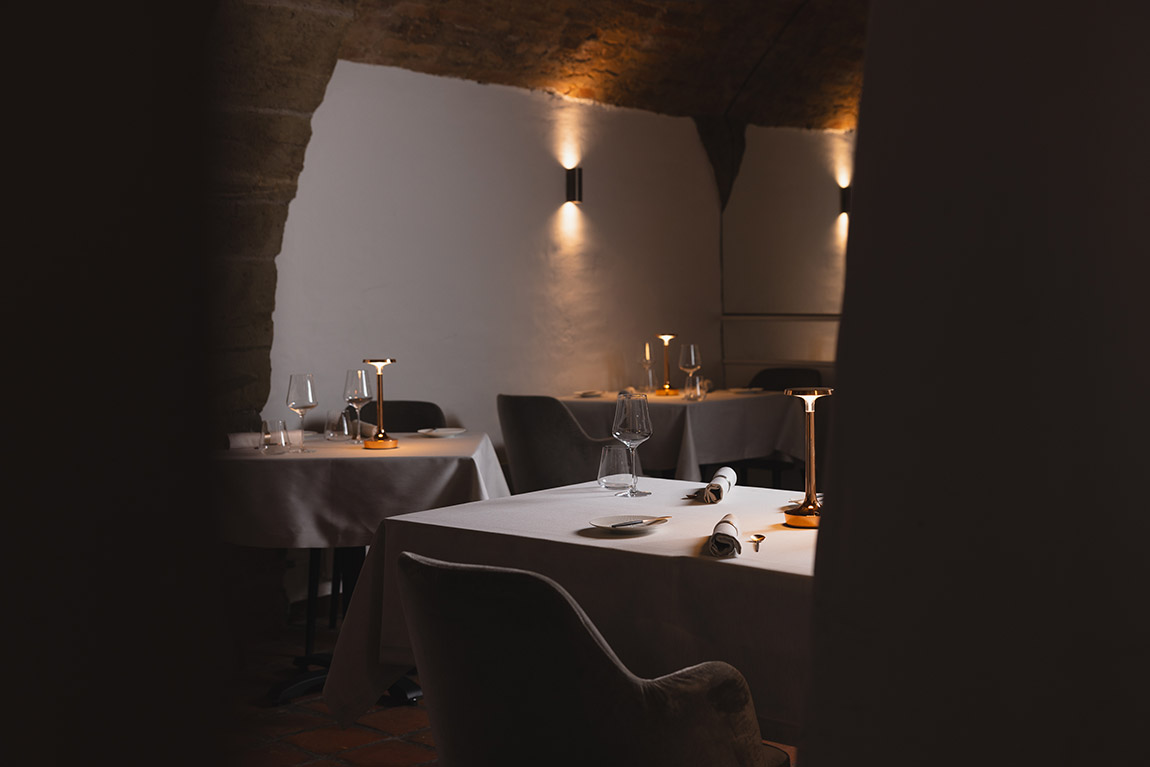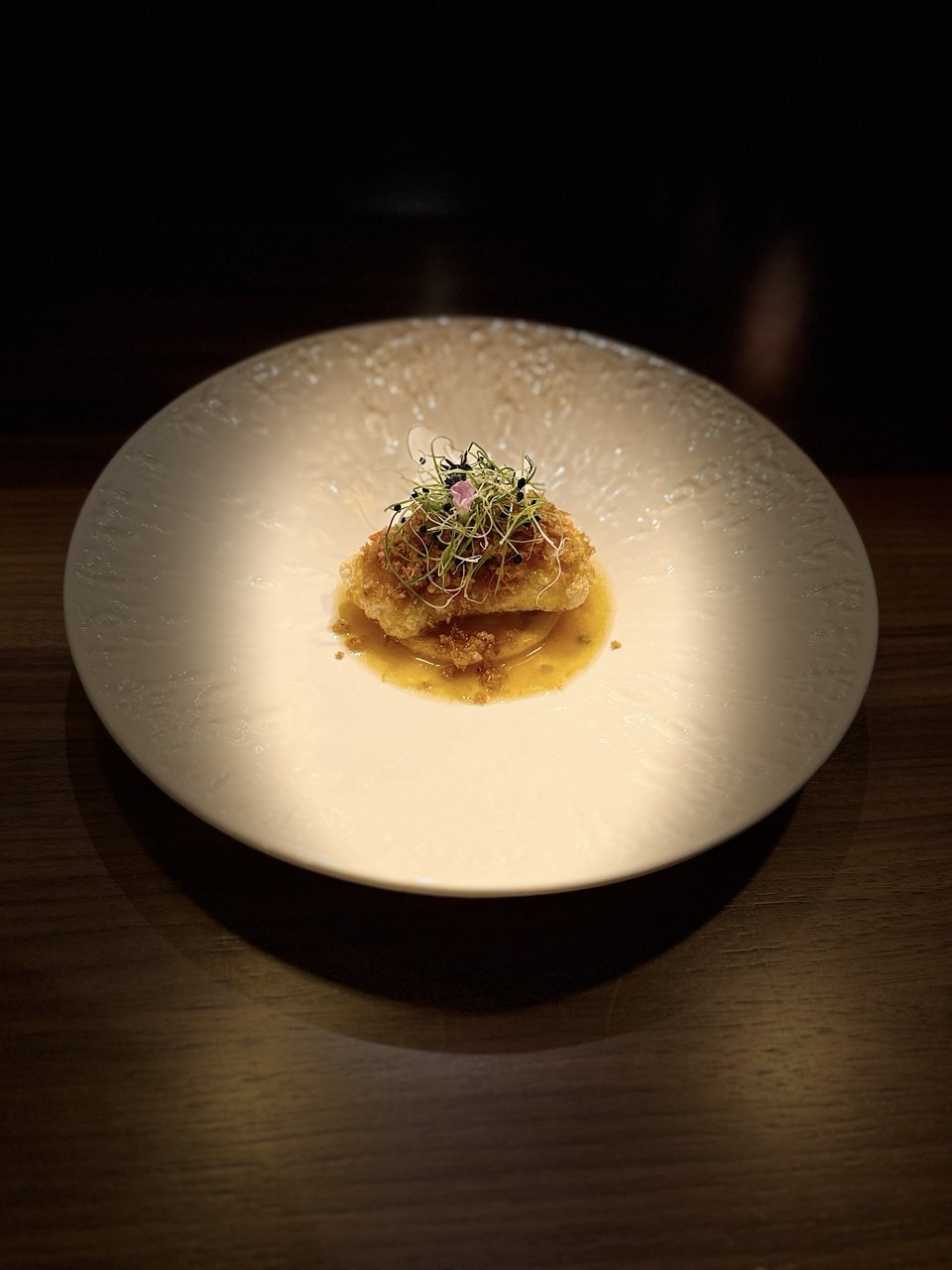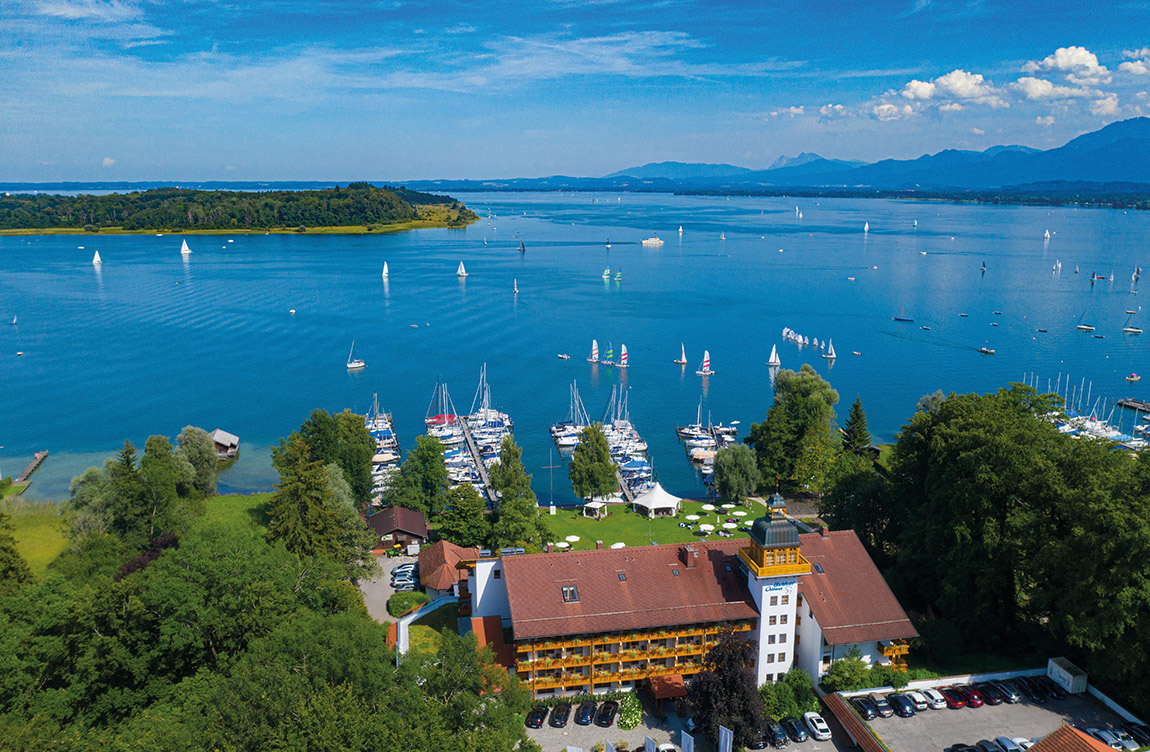Indulge, enjoy, learn – Top-ten German wine regions
Text: Nane Steinhoff | Photos © Deutsches Weininstitut (Dwi), www.deutscheweine.de

German wines have recently become more famous than ever, to the extent that the long-held notion of the country solely producing Riesling and sweet wine varieties has become quite outdated. It’s time for German wines to take their rightful spotlight, given their excellent aromas, drinkability and innovative grape varieties. And what’s better than discovering new wines, while being on a trip abroad? We present the top-ten German wine regions to visit this year.
Are you a wine connoisseur that loves to know more about individual varieties, their history and how they grow? Or do you simply love the taste of wine? Either way, a trip to Germany’s many wine regions is well worth a visit. Not only can you look forward to beautiful scenery and lush natural surroundings, but you can also learn more about the art of winemaking, meet the hardworking people behind the finished product and… indulge, enjoy and learn about wine and other regional culinary highlights. As many as 13 official wine-producing regions exist, so let’s take a look at our top-ten.

Mosel.
1) Mosel-Saar-Ruwer
This region is probably the most famous wine producer in Germany. Often referred to as simply ‘Mosel’, the area impresses with some of the steepest vineyards in the world which make for great photo opportunities and nice hikes with breathtaking views across the surroundings. The area is known for its slate-laden soil and the great sunny weather which results in high levels of sugar in the grapes here. The wines here are therefore perfectly sweet. Our tasting tip: the unique Mosel Riesling. And if you want some culture on your trip to the region, be sure to visit Bernkastel-Kues, which has a wine museum on offer.
2) Ahr
Looking for quality wines of the special kind? Well, be sure to head to Ahr. Located in the river Ahr’s valley, in the federal state of Rhineland-Palatinate, it only measures 558 hectares of vines and therefore is one of the smaller ones of Germany’s 13 wine-growing regions. Ahr is especially famous for its Pinot noir, the Portugieser, Dornfelder and also Pinot Madeleine, which are grown in between rocky landscapes and lush vineyards.

Castle Wackerbarth, Saxony.
3) Saxony
It might be Germany’s smallest wine region, but it nevertheless has a lot on offer for visitors and locals alike. Not only does the area boast many art and architecture highlights, as well as top wine festivals and annual wine tastings in the beautiful cities of Dresden and Meissen, but it also has a long, proud wine history. After all, wines that are produced here were already being consumed by German emperors back in 980 AD and, a bit later, even by Martin Luther.

Rheingau.
4) Rheingau
If you know about German wines, you will have heard about the Rheingau region, which is yet another pretty famous wine-growing area in Germany. Even though it’s slightly smaller than the Mosel, it’s also an important producer of Riesling. The topography here is coined by rich alluvial soil with granite bases. For visitors, the rolling vineyards, hugging cliff-sides and numerous family-owned wine estates make it a perfect holiday destination, too.
5) Rhinehessen
Looking for a relaxing, romantic trip? Then we suggest heading to the Rhinehessen area. Here, one can find 2,000-year-old vineyards with petroleum-tinged red soil that gives the wines here some mild flavours. Wines that need to be tried here are the Liebfraunmilch wine, as well as light red wines from the Dornfelder grape.
6) Baden
Covering almost the entire southwest of Germany, the Baden wine region impresses with its very own special wines which vary in taste, flavor and strength, depending on the area where they come from. We have an event tip for you, too: the annual Stuttgarter Weindorf. Here, you can look forward to over 100 wine merchants that introduce their best wines at this festival. And, of course, you can sample them.

Palatinate.
7) Palatinate
Hikers and wine lovers rejoice! Here’s a region for you – the Palatinate region. Around 350 vineyards on 234 square kilometres can be found here. But the area is also known for something else: the famous German Wine Road. Established in 1935, the scenic route is 85 kilometres long and leads visitors from the German Wine Gate on the French border to Bockenheim in the north of Germany. On route, you can visit top wineries, great restaurants and see some remarkable sights. We suggest driving by car and going for a few relaxing hikes along the way.
8) Middle Rhine
If you prefer your wines strong, be sure to come to the Middle Rhine. The region is known for its super-flavourful white wines, but also boasts some of the country’s most beautiful landscapes. When you go for a little stroll here, you can expect to pass lush vineyards, ancient castles and gorgeous views of the Rhine and Moselle rivers. Round off your trip by visiting cute wine bars and sampling delicious local meals. What better way is there to enjoy one’s holiday?

Nahe.
9) Nahe
One of the smaller regions in Germany, Nahe is nevertheless a very interesting one. It boasts a high variety of soil types (180 different soil variants, to be precise) and therefore produces a large range of different wines. It’s a great region to visit by car to gaze at peaceful vineyards, orchards and meadows, as well as impressive cliffs and impressive geological formations.

Hessian Mountain Road.
10) Hessian Mountain Road
Located in the state of Hesse (as the name suggests), among the northern and western slopes of the Odenwald mountain chain, this wine region only boasts 467 hectares of vineyards and is therefore the smallest of Germany’s 13 wine-growing regions. The area became an independent wine-growing region in 1971 and has since made quite a name for itself. Tourists especially love visiting this area because it impresses with scenic landscapes and hilly slopes that invite for partaking in some extensive hiking. After an eventful day, you can then indulge in regional wine delicacies that tend to be fragrant and rich.
Subscribe to Our Newsletter
Receive our monthly newsletter by email





